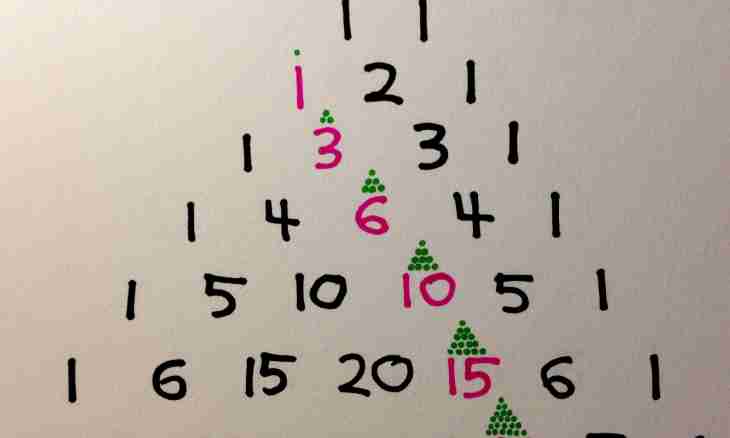The method of allocation of a square of a binomial is applied at simplification of bulky expressions and also to the solution of quadratic equations. In practice it is usually combined with other receptions, including decomposition on multipliers, group and so forth.
Instruction
1. The method of allocation full square binomial is based on use of two formulas of abridged multiplication of polynomials. These formulas are special cases of Newton binomial for the second degree and allow to simplify required expression so that it was possible to carry out the subsequent reduction or decomposition on multipliers: (m + n)² = m² + 2·m· n + n²; (m - n)² = m² - 2·m· n + n².
2. According to this method from an initial polynomial it is required to allocate squares of two monomials and the sum/difference of their double work. Application of this method makes sense if the senior degree composed not less than 2. Let's assume, the task to factorize the following expression with decrease in degree is given: 4 · y^4 + z^4
3. For the solution of a task it is necessary to use method of allocation of a full square. So, expression consists of two monomials with variables of even degree. Therefore, it is possible to designate each of them through m and n: m = 2 · y²; n = z².
4. Now it is necessary to lead initial expression to a look (m + n)². At it there are already squares this composed, but there is not enough double work. It is necessary to add it artificially, and then to subtract: (2 · y²)² + 2·2·y²\· z² + (z²)² - 2·2·y² · z² = (2·y² + z²)² – 4·y²\· z².
5. In the turned-out expression it is possible to see a formula of a difference of squares: (2 · y² + z²)² – (2·y·z)² = (2·y² + z² – 2·y·z) · (2 · y² + z² + 2·y·z).
6. So, the method consists of two stages: allocation of monomials of a full square of m and n, addition and subtraction of their double work. The method of allocation of a full square of a binomial can be applied not only independently, but also in a combination with other methods: removal for brackets of the general multiplier, replacement of a variable, the group composed and so forth.
7. Example 2. Allocate a full square in expression: 4 · y² + 2·y· z + z².Reshenie.4·y² + 2·y· z + z² = [m = 2·y, n = z] = (2·y)² + 2·2·y· z + (z)² – 2·y·z = (2 · y + z)² – 2·y·z.
8. The method is applied when finding roots of a quadratic equation. The left member of equation represents a trinomial of a type of a · y² + b · y + c where a, b and c – some numbers, and a ≠ 0. · y² + b · y + c = a · (y² + (b/a)·y) + c = a · (y² + 2 · (b/(2 · a)) · y) + c = a · (y² + 2 · (b/(2 · a)) · y + b² / (4·a²)) + with – b² / (4·a) = a · (y + b / (2·a))² – (b² – 4·a·c) / (4 · a).
9. These calculations lead to a concept of a discriminant which is equal (b² – 4·a·c) / (4 · a), and roots of the equation are equal: y_1.2 = ± (b / (2•a)) ± √ ((b² – 4·a·c) / (4 · a)).

